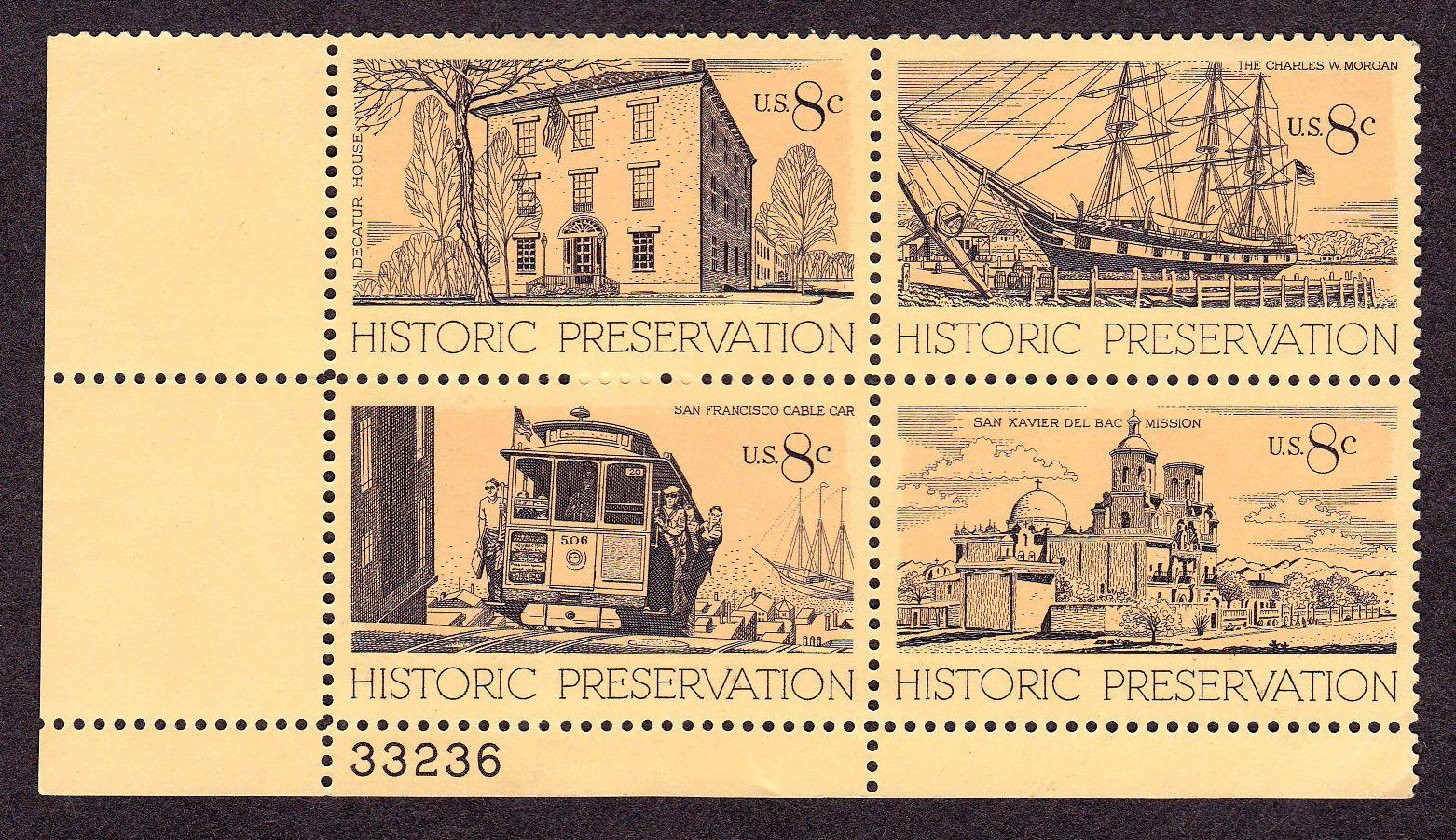In 1966, the National Historic Preservation Act (NHPA) was signed into law by President Lyndon Johnson, creating the first-ever federal policy for preserving United States heritage. Yet, for as long as the ink has been dry, there have been questions about whose heritage is protected, whose is ignored and what constitutes a national treasure. “Parochial” preservation, the narrow practice scope in which historic preservation in the United States is often criticized, is also proliferated by state and federal guidelines, like the NHPA. But augmenting the NHPA with new approaches, perspectives and policy, says Historic Preservation Lecturer Khamal Patterson, Esq., can arm practitioners with the tools they need to expand preservation’s reach.
“The thing that’s really missing from current preservation law is an understanding of how historic preservation impacts communities and whether it’s for good or for ill,” he said. “We should be looking at the impact and consequences; are these laws serving a broad swath of communities or are the benefits only accruing to a small number of people who are knowledgeable about the system of preservation?”
A new six-week summer course taught by Patterson will tackle this issue head on, exploring tools, strategies and case studies where community participation, economics, the environment and changing perceptions play unique roles in heritage protection. A cultural property attorney who believes cultural heritage protection is rooted in community engagement and collaborative partnerships, Patterson bridges his passion and knowledge for heritage preservation with multi-faceted expertise in state, federal and international law. His course, designed to cover a wide spectrum of historic preservation issues from a policy lens, will look at the mechanisms that have omitted certain histories, including valuable community-led documentation like oral histories and church records, and the narrow definition of tangible cultural heritage that might exclude natural sites or places erased by development. The course also looks at the complicated relationship between preservation and economics—from the impact of development to using public funds to conserve monuments.
“Patterson’s course fills a void in the preservation curriculum by examining federal preservation policy—and especially law—through a social justice lens, instead of assuming it is inherently neutral and unbiased in either its implementation or in its effects on marginalized communities,” said Interim Historic Preservation Program Director Jeremy Wells.
Patterson hopes the course will be an asset, not just to students studying historic preservation, but to anyone interested in civic engagement, the interpretation of history or the innerworkings of municipal policy. Wading into the policy waters of preservation’s start in the U.S., he says, is the springboard for understanding the practice’s shifting values, past mistakes and future opportunities.
“How can we, going forward, make policy that can better protect or recognize how people view a particular site and integrate that into our perception of historic preservation?” he said. “Preservation is something that everyone should be able to engage in. I want my students to know the importance of policy as an entry for those public discussions.”
HISP 619D, Tackling Parochial Preservation: Augmenting the NHPA with Other Policy Perspectives, is open to all UMD graduate students. For class selection, visit the Testudo Schedule of Classes.

